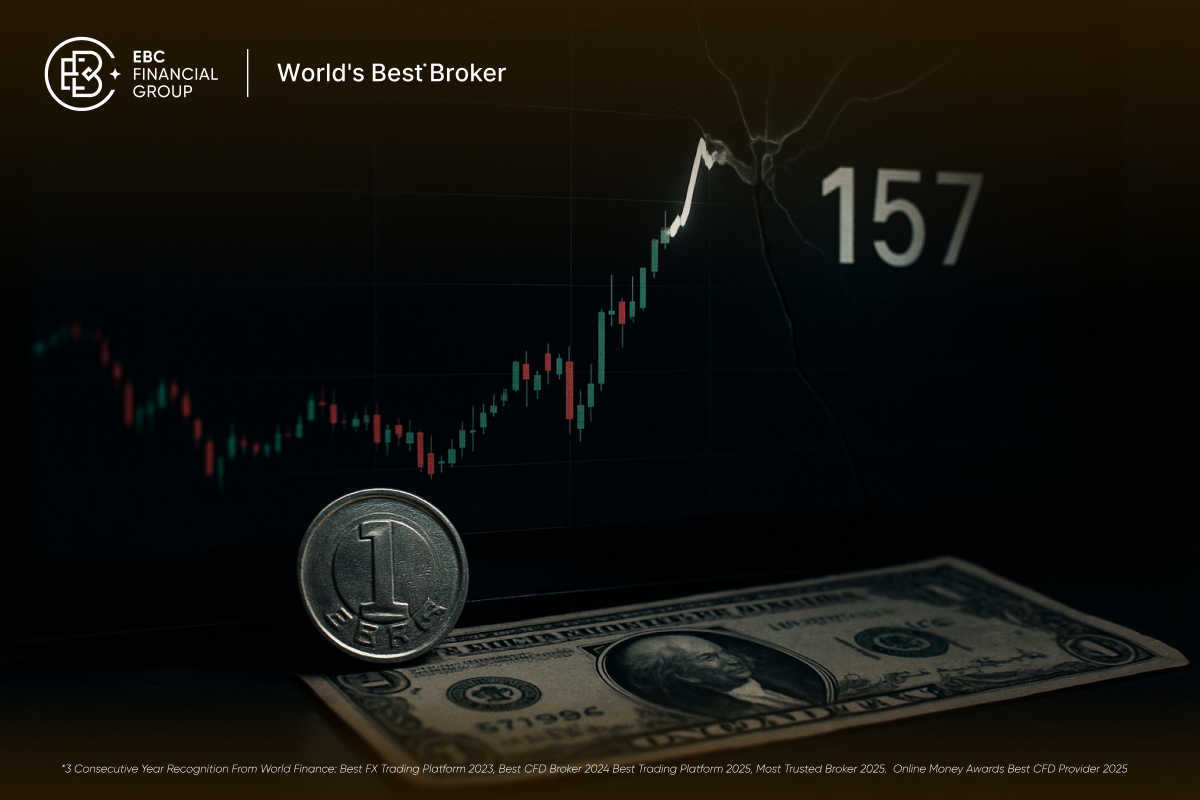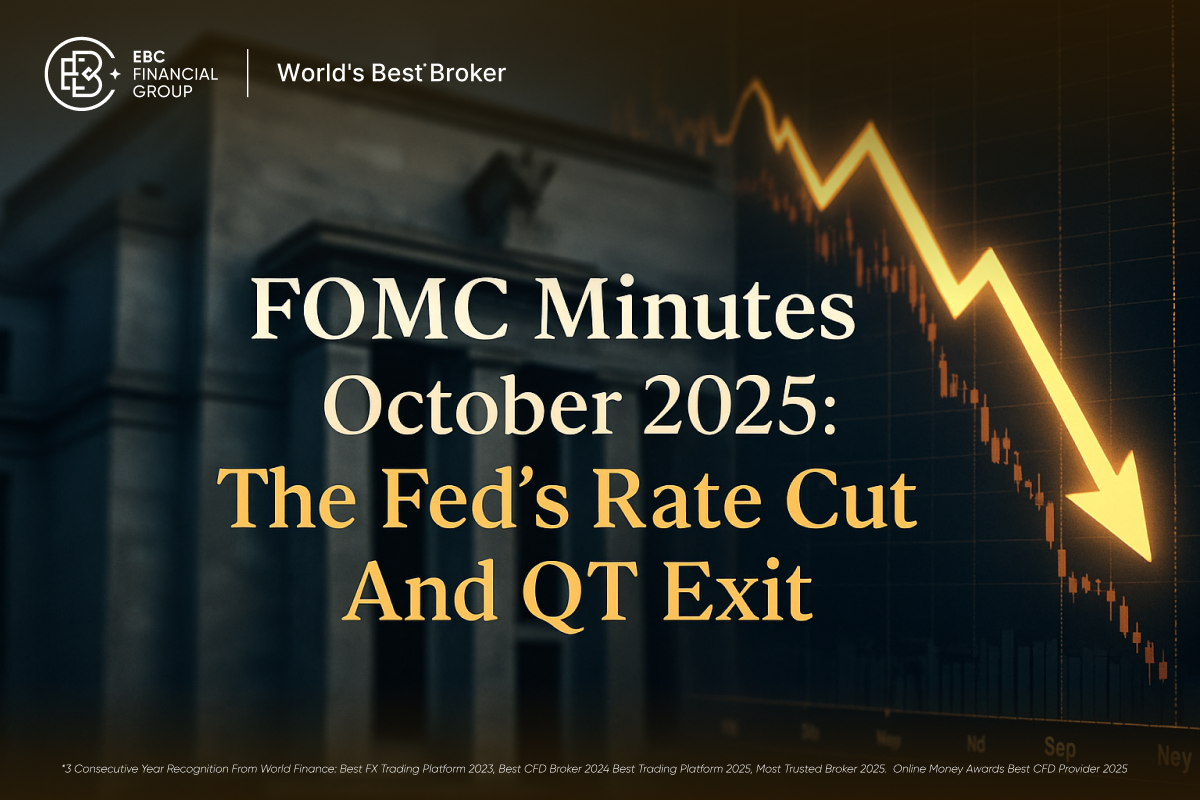Walmart is no longer only the biggest physical retailer in the world. It is quietly building a multi channel ecosystem that blends stores, e commerce, advertising, membership programs and automation.
For investors the central question is simple and urgent: will Walmart's transformation produce meaningful earnings growth by 2030 or will execution and rising costs hold the company back?
Recent results and strategic moves give clear signals that matter to anyone holding or considering Walmart stock.
Walmart Strategic Shift: The New Foundation for Future Value

Walmart's 2030 trajectory depends on three structural shifts that are already underway.
1. Omnichannel retail is becoming the operational core.
Walmart uses its dense store footprint as micro fulfilment hubs, which lowers last mile cost and shortens delivery times relative to some pure play competitors. This model is central to Walmart's plan to scale online sales while keeping unit economics attractive.
2. High margin businesses are rising.
Walmart Connect, the retailer's advertising arm, and membership services such as Walmart Plus and Sam's Club are expanding. These revenue streams carry higher margins than grocery and general merchandise and they improve the overall profitability mix.
3. Automation and artificial intelligence are being elevated from pilot projects to company level initiatives.
Walmart has structured partnerships to industrialise robotics in distribution and has announced an AI super agent programme designed to streamline customer experience and internal operations. These investments aim to reduce cost per order and improve inventory productivity.
Together these shifts determine Walmart's capacity to convert revenue growth into sustainable earnings growth by 2030.
Walmart 2030 Bull Case: How Shares Could Outperform

In the bullish scenario Walmart becomes a more profitable omnichannel operator with a material contribution from high margin digital businesses. The main drivers in that outcome are these.
1. Sustained e commerce expansion with improving unit economics.
If online sales continue to grow at double digit rates while store fulfilled fulfilment lowers costs, the company can scale without destroying margin. Recent corporate reports show strong digital growth and improving mix.
2. Advertising and membership scale meaningfully.
Walmart Connect could evolve into a multi billion dollar business and memberships could lift basket size and frequency. The combination can add predictable, recurring revenue that commands higher margins.
3. Automation and AI deliver measurable cost savings.
Successful deployment of robotics in pickup and delivery centres and practical AI tools for associates and sellers would raise operating leverage and free cash flow. The Symbotic partnership and robotics transactions illustrate Walmart's commitment to scale automation through external expertise.
4.Defensive positioning in volatile economies.
During inflationary periods consumers trade down to value retailers and Walmart typically benefits from that dynamic.
Bull case price implication for 2030
If these conditions hold and valuation multiples remain reasonable, Walmart could trade substantially higher than today. A bull case range of roughly USD 160 to USD 200 in 2030 reflects stronger margin expansion and persistent e commerce gains.
Walmart 2030 Bear Case: Why Growth Could Falter

The bear case emerges when heavy spending, competitive pressure and macro risk overwhelm the benefits of transformation.
1. Margin compression from input cost shocks.
Tariffs, transportation and labour inflation can raise costs faster than Walmart can offset them through price or efficiency gains.
2. Large up front capital expenditure with delayed payback.
Automation, logistics networks and technology platforms require significant investment. If returns take longer than expected the company's free cash flow could be depressed for several years.
3. Intensifying competition from Amazon and other retailers.
Amazon' s scale in technology and fulfilment, plus specialized grocery discounters in many markets, could blunt Walmart's share gains and force continued spending to defend growth.
4. Execution risk for AI and automation projects.
Integrating complex robotics and advanced AI across thousands of locations is legally and operationally challenging. Delays or lower than expected productivity gains would reduce the investment payoff.
Bear case price implication for 2030
If these risks dominate the investment horizon, Walmart could see only modest share appreciation or stagnation. A conservative bear case range would place the stock in the USD 120 to USD 140 band by 2030.
Walmart Stock Price Prediction 2030: The Most Realistic Path

Most investors prefer a balanced forecast that does not assume perfection or failure. The base case recognises meaningful progress in technology and digital revenue while allowing for competition and cyclical headwinds.
Assumptions for the base case
E commerce grows strongly but not exponentially.
Walmart Connect and membership contribute noticeably to margins.
Automation reduces costs gradually rather than immediately.
Macro conditions oscillate causing periodic softness but no prolonged collapse.
Base case valuation outcome for 2030
Under these assumptions a reasonable 2030 price point for Walmart is around USD 170. This estimate reflects steady earnings improvement driven by a healthier revenue mix and incremental margin expansion. It is not a prediction of precise decimals but a directional guide that balances upside potential with realistic frictions.
Key Catalysts to Watch from 2025 to 2030
Investors should track five high signal indicators that will clarify which scenario is unfolding.
E commerce growth and profitability trends.
Watch for sustained double digit digital growth combined with improving order economics.
Growth and margins of Walmart Connect.
Track quarterly advertising revenue and its contribution to operating profits.
Automation rollout metrics.
Monitor announced deployments, fulfilment cost per order and the performance of third party partners such as Symbotic.
Membership adoption rates and digital engagement among members.
Higher digital penetration among members signals stronger recurring revenue.
Macro variables including inflation, tariffs and consumer spending.
These variables have an outsized effect on short term margins and volumes.
Each of these catalysts is measurable and will shift the odds between bull and bear outcomes.
Conclusion
Walmart's 2030 story is about transformation in motion. The company is moving decisively toward a hybrid model in which stores, digital channels, advertising and automation support one another. That strategy creates real upside if execution is strong and if the new businesses scale profitably. The risk is that heavy spending, competitive responses and macro shocks slow the transition and compress returns.
A balanced forecast of approximately USD 170 by 2030 captures the likely mid path. Investors who prefer more upside can lean into the bull case contingent on measurable improvements in e commerce margins and advertising momentum. Investors who fear execution setbacks should plan for the bear case and monitor the catalysts listed above closely.
Frequently Asked Questions
1. What is the most realistic Walmart stock price prediction for 2030?
Most balanced forecasts place Walmart around 170 dollars by 2030. This estimate reflects steady e commerce growth, expanding advertising revenue and gradual efficiency gains from automation without assuming perfect execution or extraordinary economic conditions.
2. What could push Walmart stock toward the bull case in 2030?
Walmart could reach the upper range if e commerce remains strong, advertising grows rapidly and automation cuts costs meaningfully. These factors would support higher margins and sustained earnings growth, improving investor confidence and valuation multiples.
3. What risks could limit Walmart's share price by 2030?
Rising operating costs, slower technology adoption and strong competition from Amazon could create pressure. Heavy capital spending or weak consumer demand may also restrict earnings growth, keeping Walmart's stock closer to the lower forecast range.
4. How important is Walmart's e commerce business for long term growth?
E commerce is central to Walmart's future. It supports higher sales volume, improves customer retention and strengthens the overall omnichannel strategy. If unit economics continue improving, digital revenues could become a major contributor to long term profit expansion.
5. How will automation affect Walmart's financial performance by 2030?
Automation may gradually reduce labour intensity, fulfilment costs and inventory inefficiencies. The largest financial impact is expected toward the late 2020s as large scale systems stabilise and deliver measurable productivity gains across distribution centres and retail operations.
Disclaimer: This material is for general information purposes only and is not intended as (and should not be considered to be) financial, investment or other advice on which reliance should be placed. No opinion given in the material constitutes a recommendation by EBC or the author that any particular investment, security, transaction or investment strategy is suitable for any specific person.

























